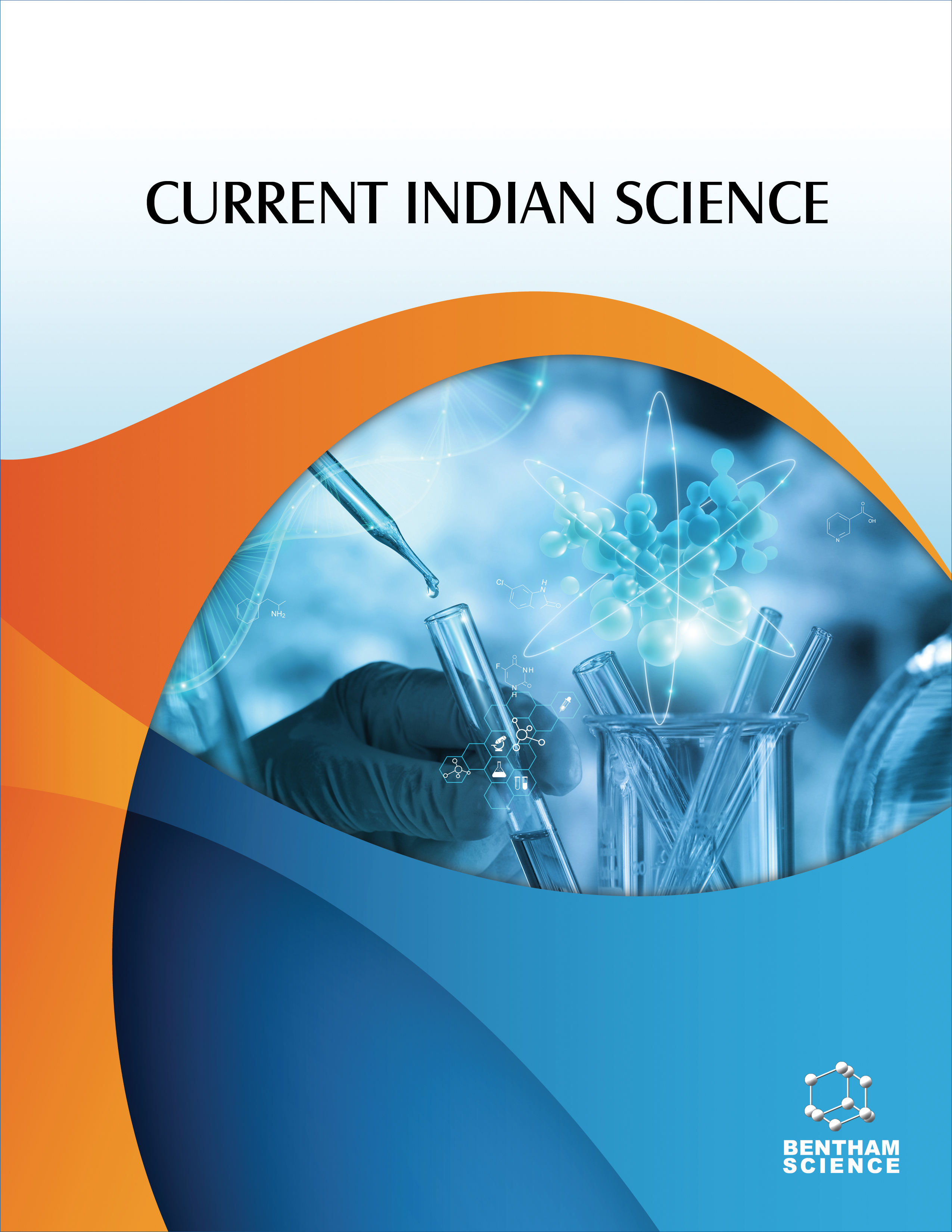- Home
- A-Z Publications
- Current Indian Science
- Issue Home
Current Indian Science - Current Issue
Volume 3, Issue 1, 2025
- Special Issue: Herbal Medicine as Anti-infective Agents
-
-
-
oa Phytochemicals as Therapeutic Agents for ESKAPE Pathogens
More LessBackgroundThe worldwide increase of antimicrobial resistance in ESKAPE pathogens, which includes Enterococcus faecium, Staphylococcus aureus, Klebsiella pneumoniae, Acinetobacter baumannii, Pseudomonas aeruginosa, and Enterobacter sp., constitutes a substantial public health hazard, constraining treatment alternatives and elevating morbidity and mortality rates. As traditional antibiotics diminish in Read More
-
-
-
-
oa Review Understanding of the Many Facets of Cancer and the Management of Skin Cancer
More LessAuthors: Arushi Saloki, Aditya Shrivastava, Sarita Gaikwad and Swarnlata SarafCancer is a complex disorder characterized by the unregulated proliferation of cells that have the potential to invade other regions of the body. It stems from genetic alterations in various cell types, resulting in tumor formation. These growths are classified as benign (noncancerous) or malignant (cancerous). Unlike benign tumors, which typically remain localized, malignant tumors can spread, infiltrate nearby tissues, a Read More
-
Volumes & issues
Most Read This Month Most Read RSS feed
Article
content/journals/cis
Journal
10
5
false
en


